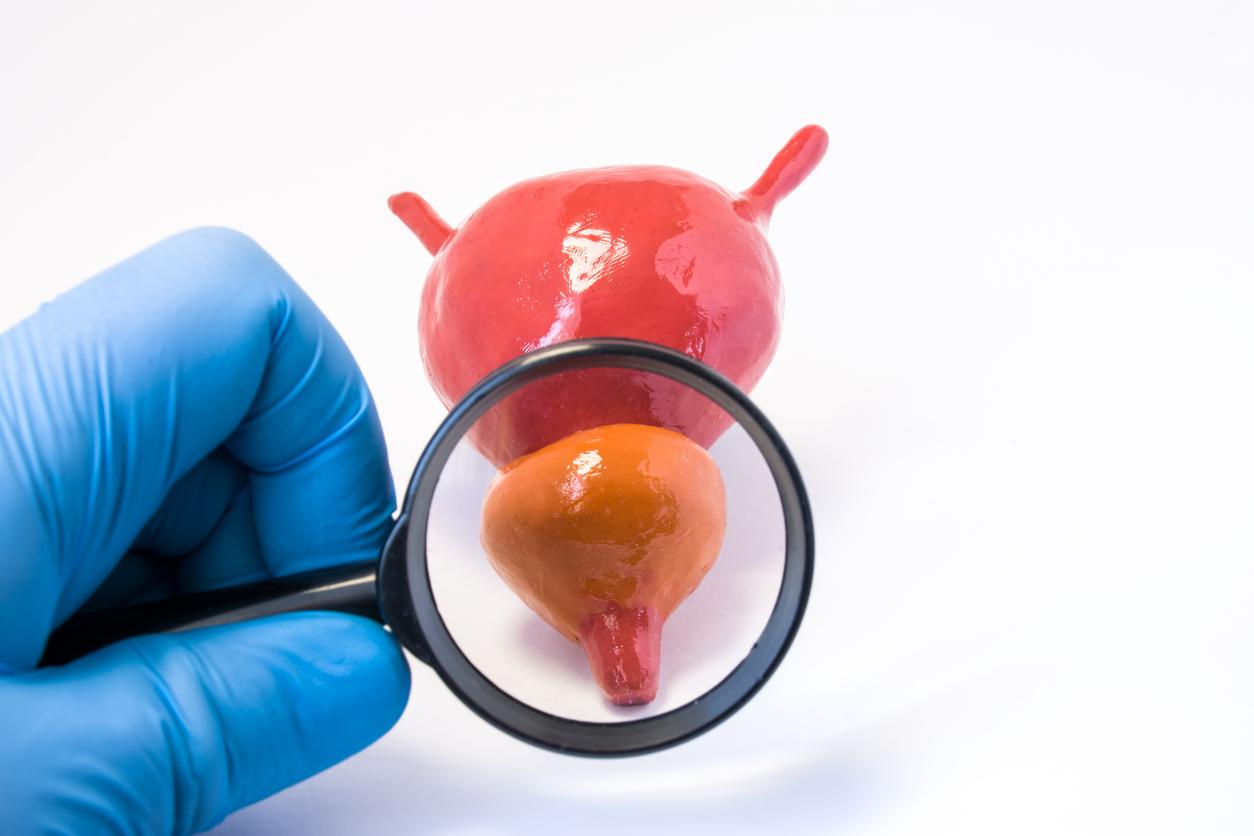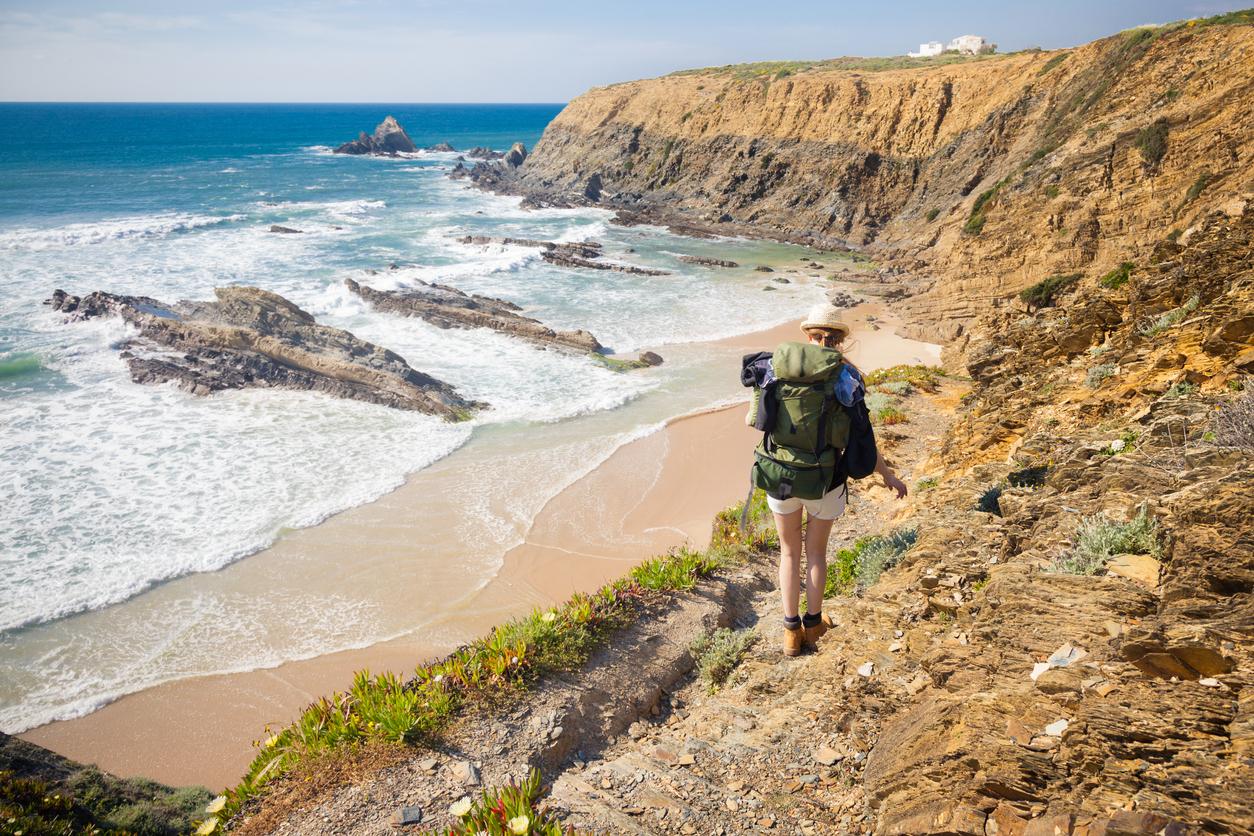Researchers at the University of Utah have discovered how soft corals – flexible corals that look like underwater plants – produce eleutherobin, a chemical with anti-cancer properties.

- Scientists have discovered how to make an anticancer compound from soft corals in the lab.
- This breakthrough opens the possibility of producing the compound in large quantities and could one day lead to a new tool in the fight against cancer.
25 years of research! That’s how long it took scientists to find the source of a natural chemical that had shown promise in early cancer treatment studies.
Today, they have found it, and not just anywhere: on the seabed, among soft corals, which have revealed to harbor exceptional therapeutic products.
According to the study published in Nature Chemical Biology, Identifying the source allowed researchers to go further and find the animal’s DNA code to synthesize the chemical and perform the first steps of reproducing the chemical from soft coral in the laboratory.
Anti-cancer properties
Indeed, soft corals have thousands of drug-like compounds that could serve as anti-inflammatory agents, antibiotics and more, but they also contain a chemical, eleutherobin, with anti-cancer properties, which they use to defend themselves against predators.
Marine scientists reported in the 1990s that a rare coral near Australia contained this chemical which disrupts the cytoskeleton, a key scaffolding of cells.
Laboratory studies had also shown this compound to be a potent inhibitor of cancer cell growth.
Instructions for making the compound
In the decades that followed, scientists searched but couldn’t find the infamous “holy grail” chemical in the quantities needed for drug development and couldn’t fix the problem without understanding how. the chemical was made.
So the next step was to determine if the coral’s genetic code contained instructions for making the compound.
Advances in DNA technology have recently made it possible to quickly piece together the code for any species, but the difficulty was that scientists didn’t know what the instructions for making the chemical should look like.
They solved the problem by finding regions of coral DNA that looked like genetic instructions for similar types of compounds from other species. After programming lab-grown bacteria to follow the instructions of soft coral-specific coral DNA, the microorganisms were able to replicate the first steps in making the potential cancer therapy.
Easier to take as medicine
The advantage of drugs derived from these types of compounds is that they should be able to be administered as pills with a glass of water, rather than by injection or other more invasive means.
“These compounds are harder to find, but they’re easier to make in the lab and easier to take as medicine,” said Eric Schmidt, a professor of medicinal chemistry at the University of Southern California who led the study. .















